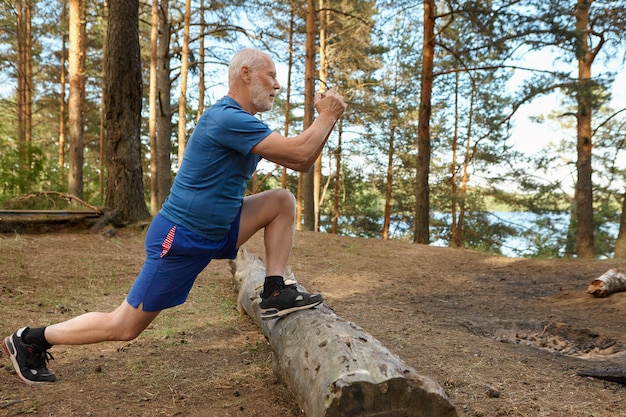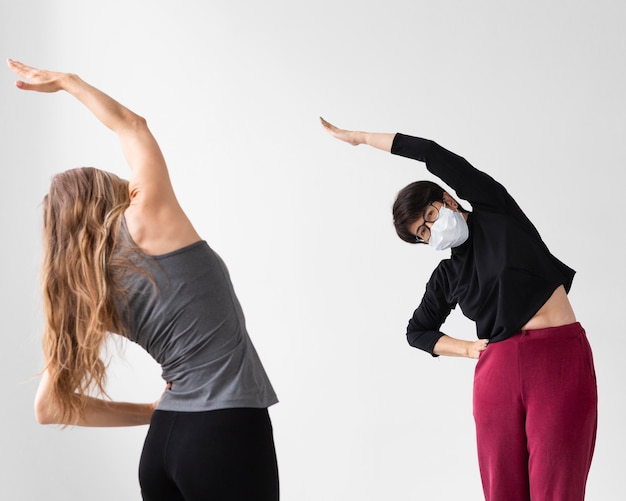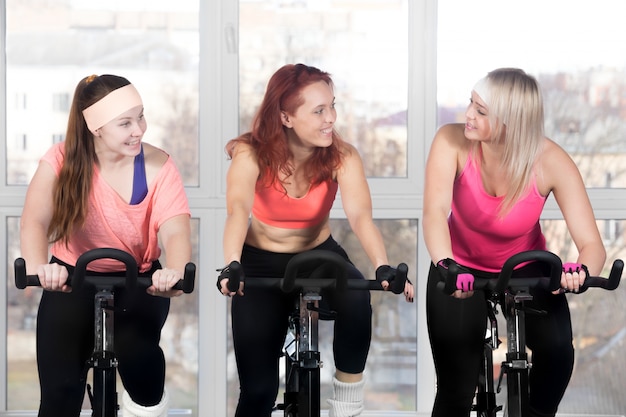Intermittent fasting (IF) is widely recognized for its benefits in weight management, metabolic health, and longevity. But did you know it may also play a supportive role in improving physical flexibility and mobility? While fasting doesn’t directly stretch your muscles, emerging evidence suggests it enhances bodily processes that support recovery, reduce inflammation, and improve neuromuscular function—key factors in achieving greater flexibility.
In this article, we’ll explore 10 practical, evidence-based strategies that combine intermittent fasting with short routines and simple daily habits to help you become more flexible—without overhauling your lifestyle.
Performing light stretching or yoga shortly after eating may feel uncomfortable, but doing so during your eating window—when energy and nutrient availability are higher—can enhance muscle recovery and tissue repair. Studies suggest that muscle protein synthesis peaks post-meal, making this an ideal time for flexibility training.
Try scheduling your stretching or mobility sessions 30–60 minutes after your first meal. This timing ensures your body has the fuel it needs to support connective tissue elasticity and joint lubrication.

Proper hydration is essential for joint health and muscle elasticity. Dehydrated tissues are more prone to stiffness and injury. Since you’re not consuming fluids during fasting periods (in most IF protocols), maximizing hydration during your eating window is crucial.
Aim to drink at least 75% of your daily water intake during your feeding window. Add electrolytes if you’re fasting for longer durations to maintain fluid balance and prevent cramps that can limit flexibility.
Flexibility improves with consistency, not duration. Incorporate a short, daily mobility routine—such as cat-cow, shoulder rolls, or ankle circles—during your fasting window. Light movement can stimulate circulation and reduce morning stiffness without breaking your fast.
These micro-sessions prime your body for deeper stretching later and support joint range of motion over time.

Autophagy, a cellular cleanup process activated during fasting, helps remove damaged proteins and organelles in muscle and connective tissues. While not a direct flexibility booster, improved tissue quality supports better movement efficiency and recovery from tightness.
A 14–16 hour fast (common in time-restricted eating) is sufficient to trigger mild autophagy. Pair this with consistent stretching to maximize long-term tissue health.
Nutrition plays a critical role in joint and muscle health. Use your eating window to consume foods rich in omega-3 fatty acids (like salmon and flaxseeds), vitamin C (citrus, bell peppers), and collagen-supporting nutrients (bone broth, eggs, leafy greens).
These nutrients reduce inflammation and support the integrity of tendons, ligaments, and cartilage—making your body more adaptable to stretching.
Controlled breathing improves parasympathetic tone, which helps relax tight muscles and reduce stress-related tension. Use your fasting period—often a time of heightened focus—as an opportunity to practice diaphragmatic breathing or box breathing for 3–5 minutes.
This habit enhances mind-muscle connection and prepares your body for improved flexibility when you stretch later.
Activities like walking, tai chi, or gentle yoga complement intermittent fasting by promoting blood flow to muscles and joints without taxing energy reserves. These movements are ideal during fasting windows and help prevent stiffness.
Even a 10-minute walk before breaking your fast can improve circulation and prepare your body for better range of motion.

Sitting for long stretches, especially during fasting hours, can lead to tight hips, hamstrings, and lower back. Set a reminder to stand, stretch, or walk for 2–3 minutes every hour.
This small habit prevents adaptive shortening of muscles and maintains joint mobility throughout the day.
Intermittent fasting cultivates discipline and body awareness—qualities that support consistency in flexibility training. Use the mental clarity often reported during fasting to reinforce your commitment to daily stretching.
Pair your fasting routine with a habit tracker for mobility exercises to build long-term adherence.
Sleep is when most tissue repair and muscle relaxation occur. Poor sleep increases cortisol, which can contribute to muscle tension. Intermittent fasting may improve sleep quality by regulating circadian rhythms—especially when eating windows align with daylight hours.
Aim for 7–9 hours of quality sleep to maximize the flexibility benefits of both fasting and stretching.
Intermittent fasting isn’t a direct path to flexibility, but when combined with smart habits, it creates an internal environment conducive to better mobility. By timing workouts, hydrating well, eating nutrient-dense foods, and staying active, you can use fasting as a tool to support long-term flexibility goals.
Start small—pick two or three of these strategies—and build from there. Over time, you’ll notice not just a leaner body, but a more agile, resilient one.

Wellness

Wellness

Wellness

Wellness

Fitness

Wellness

Wellness

Fitness

Health

Fitness

Fitness

Health

Health

Fitness

Health

Health